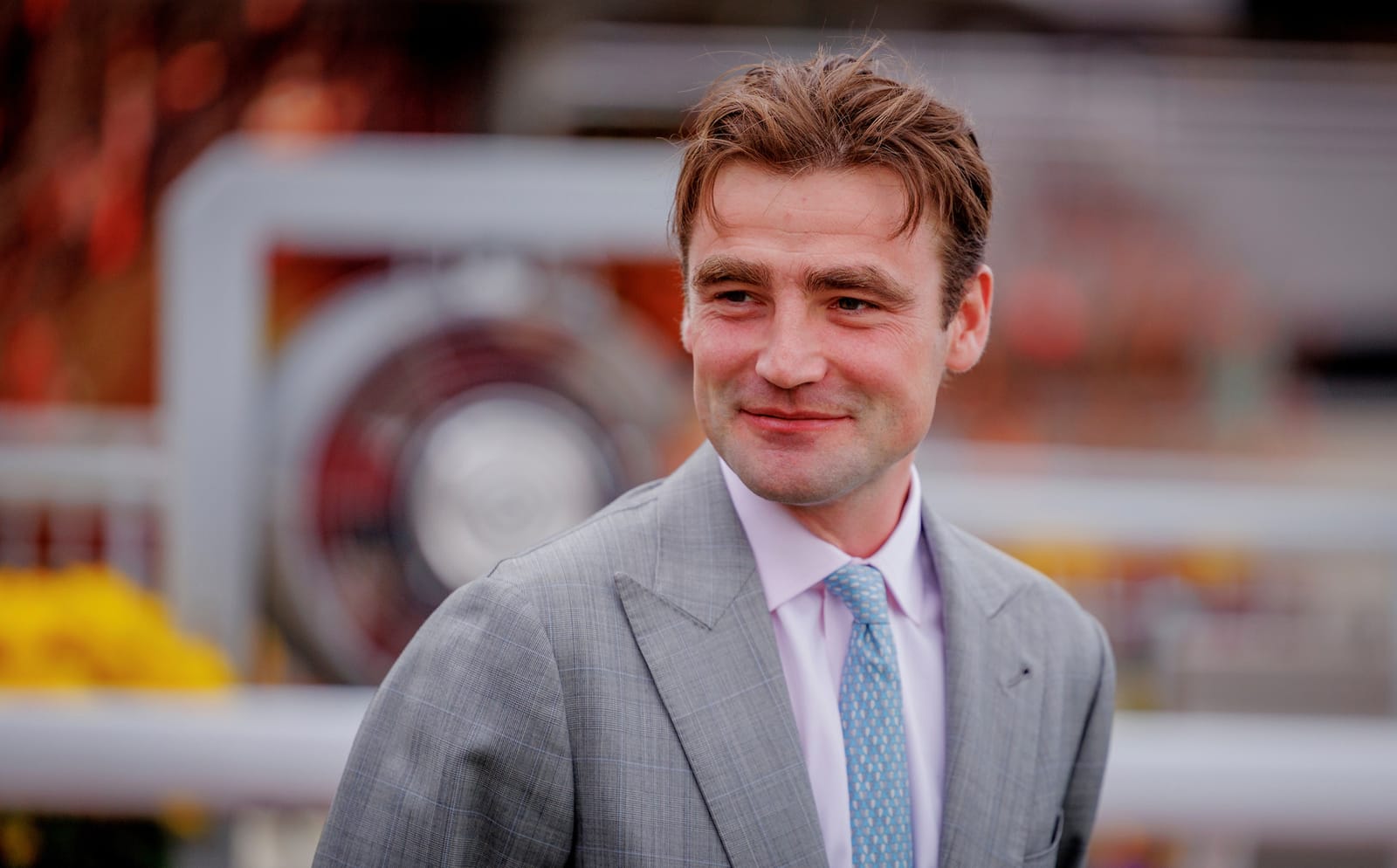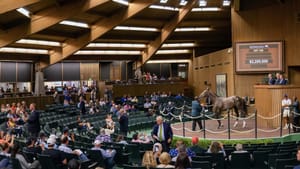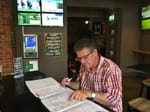Having exceeded his own first-season expectations in terms of the number of winners trained, David Eustace feels particularly well-placed heading into his second year in the pressure cooker of Hong Kong.
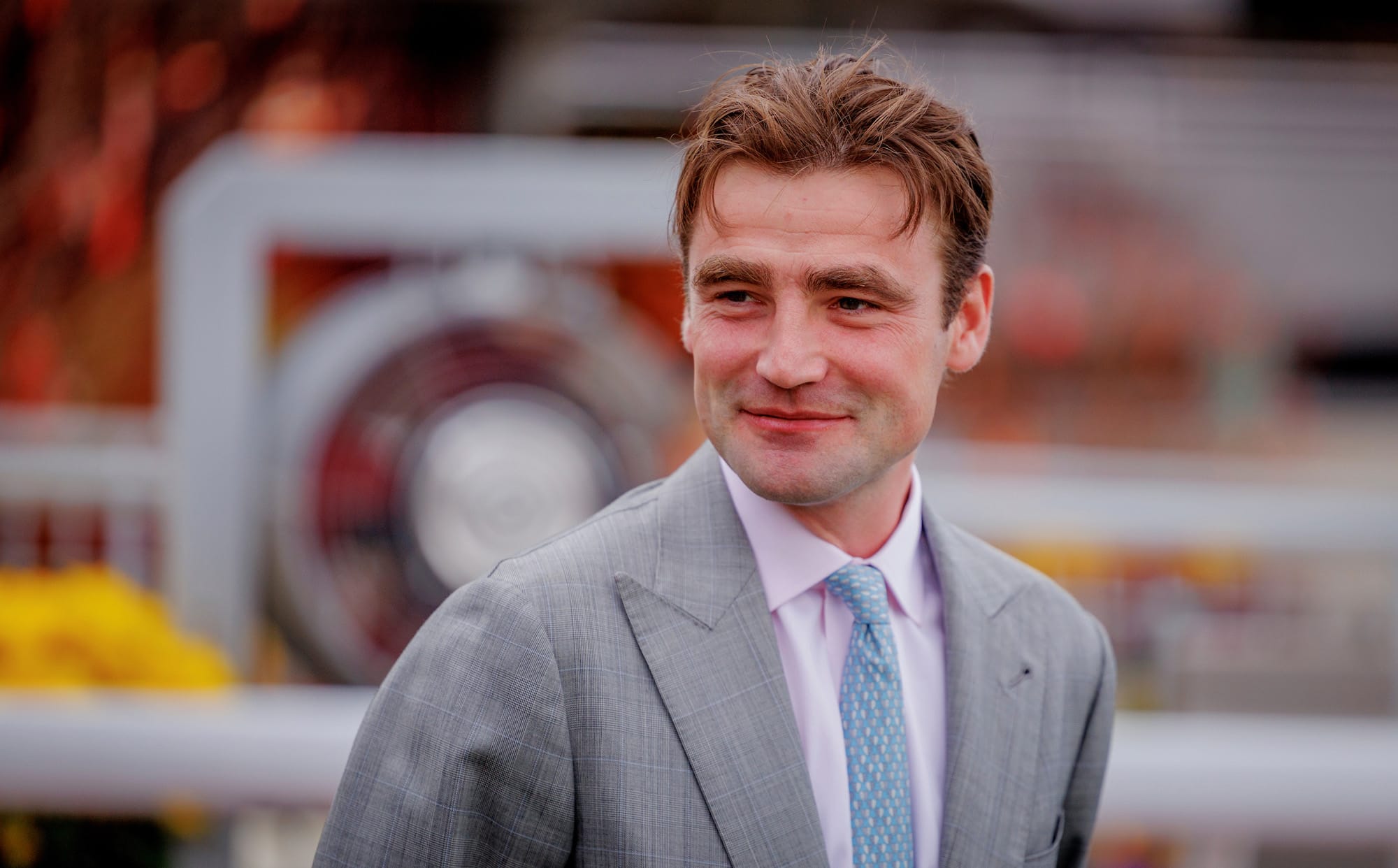
Eustace told this week’s Straight Talk podcast he would have been happy to be “somewhere in the 20s” in his rookie year, so the eventual mark of 36 winners, enough for 14th on the trainers’ premiership, has him confident ahead of his sophomore campaign.
When racing resumes at Sha Tin on Sunday, he will have four horses ready to roll, including Victor The Winner, who takes on champion Ka Ying Rising in the HKSAR Chief Executive Cup.
But it's not his established winners from last year, but the emerging horses from the stable, which have him confident of an improved result in 2025/2026.
“I've still got a young team of horses. I had a group of 15 to 20 horses that carried the can last year and they've had a break and they won't be racing really early on,” he said.
“I've got a young stable who I didn't sort of pepper with too many runs at the end of last year.
“I knew they were going to be my team for this season, so I didn't want to either run unnecessarily or I wanted to make use of their handicap this time around.”
Eustace’s plan is to target his horses at gradual comebacks throughout the early part of the season, allowing them to progress through to the right races to win.
“It won't be a fast start because the older horses have had a break and are just coming back again now and probably racing mid-October," he said.
“And the young horses, they are still getting going so I'll probably average three or four runners per meeting through September."
While Eustace has had to adapt his approach in some aspects since arriving in Hong Kong, especially when it comes to the placement of horses, he still leans back heavily on his time working firstly for - and then with - Ciaron Maher in Australia.
“Even though the style of training is different, one thing we saw in my time at Ciaron’s, there is massive benefit of changing the scenery of a horse if they're not suiting a particular environment,” he said.
“Although Sha Tin and Conghua, the setups are similar, just the environment itself are very different. Sha Tin's an intense place. There are more horses, it's busier. Whereas Conghua is quieter, bigger, less horses and in turn makes it much more relaxed.
“So just being able to do that and see the benefits of the horses changing scenery is a big help.”
While Maher’s Australian operation has morphed into a multi-location business, Eustace cut his teeth when the stable had just one main base at Caulfield and that on-track experience is still holding him in good standing in Hong Kong.
“Ultimately, we started at Caulfield training on a track and that style of training never left the business, never left the training. So, the style and how we sort of prepped horses up at Caulfield is really how I sort of adopted it. I think it just stood me in good stead,” the 34-year-old said.
Eustace said the other aspect that he had carried forward from his time working in Australia was the approach towards sports science and data, which has become a hallmark of Maher’s success.
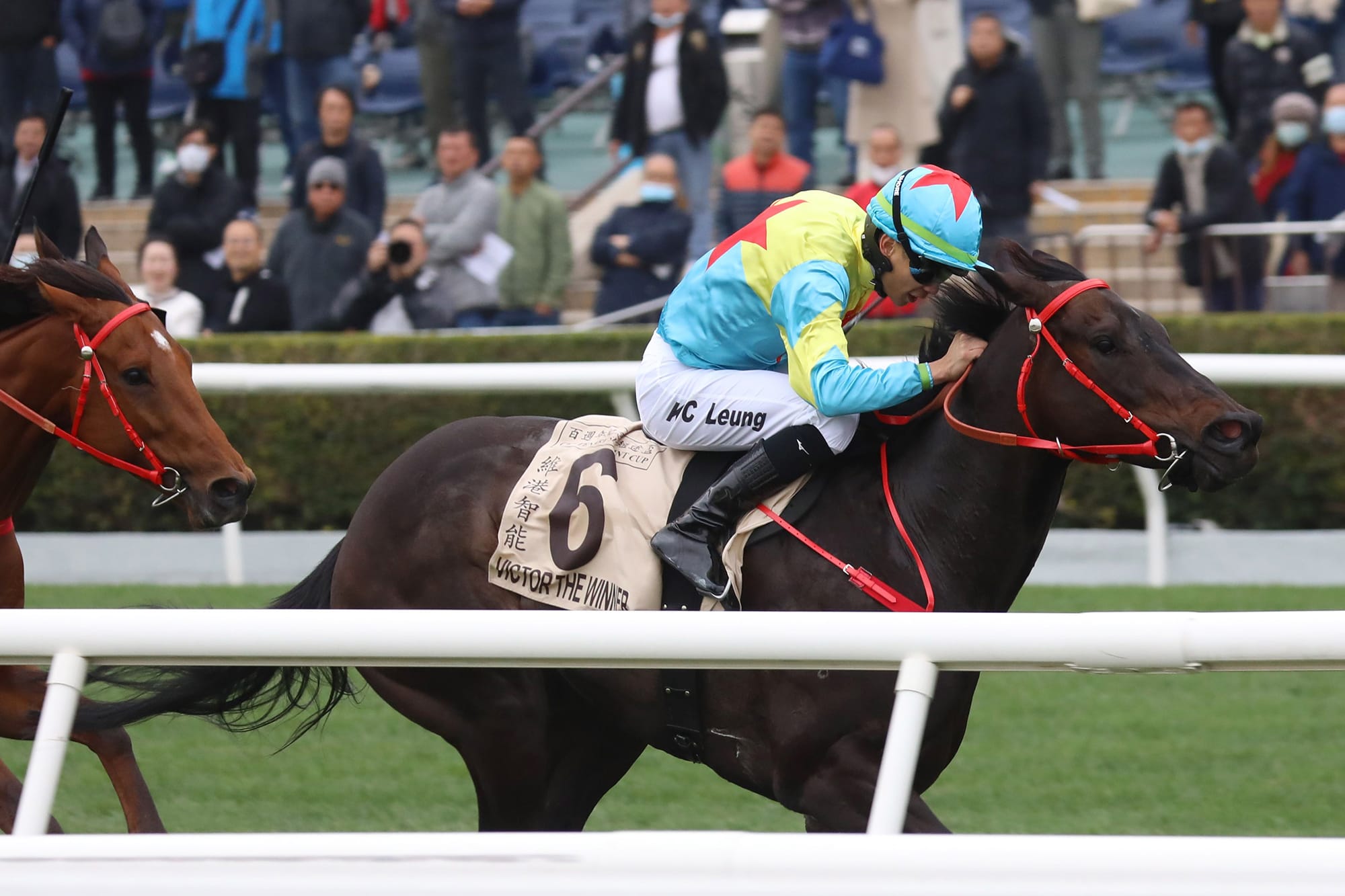
“It's actually very transferable and it's something that I use on a daily basis. Every horse that does any fast work, the same device is used, which is provided by the club, which is fantastic,” he said.
“I've actually found it a huge benefit because the variables are less. You're training on the same track, which is generally in the same condition.
“Your riders don't vary that much. And for about nine months of the year, the track is prepared exactly the same.
“It's about having a horse's fitness at the right level and not training unnecessarily. Horses have got to race, ideally consistently for 10 months, which is pretty unusual.
“I don't know any other place in the world where horses are asked to do that.”


